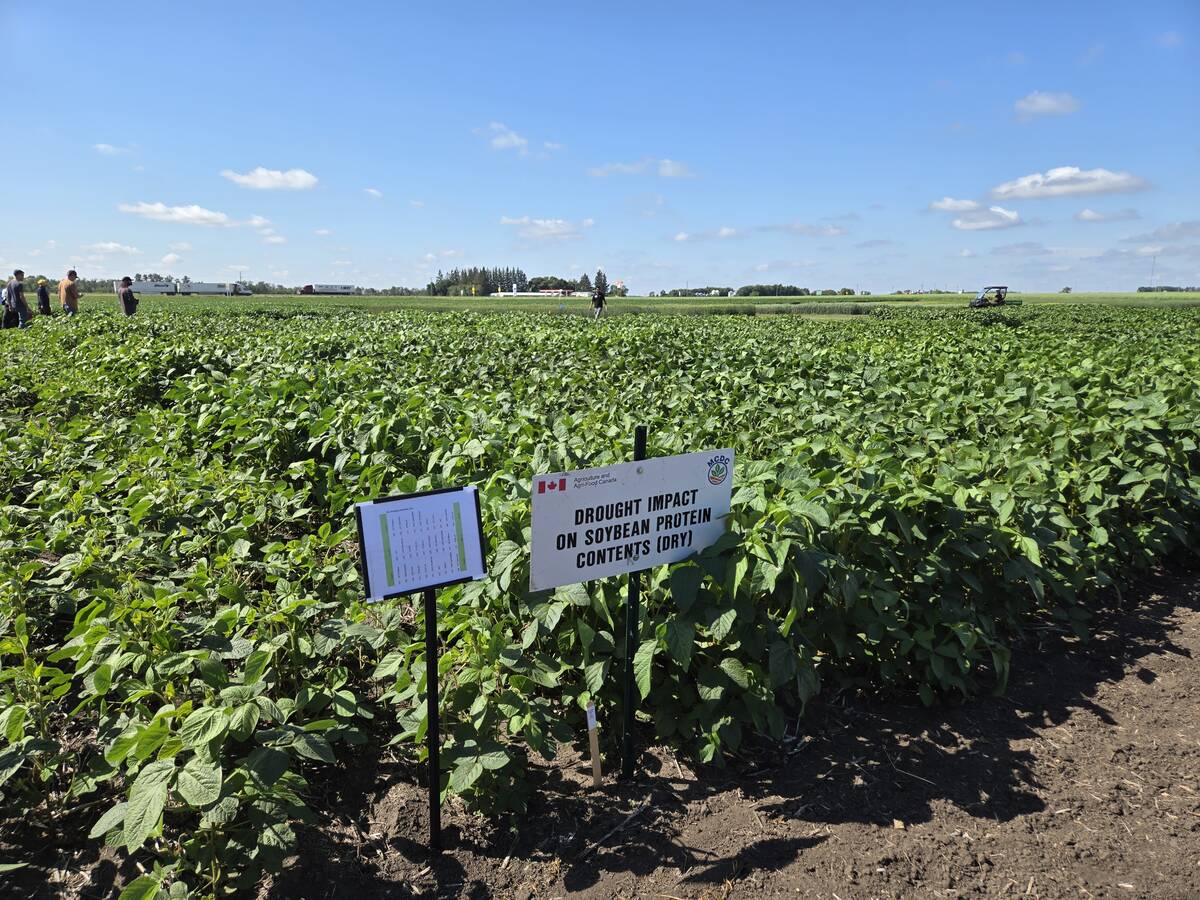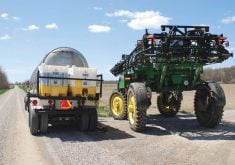Retuning balance between the two improves regeneration for biotech, conservation and propagation of food crops
Plants are constantly at risk of being injured.
Their leaves may be chewed by caterpillars and rabbits, or their roots are attacked by grubs and fungi.
Plants face a daily dilemma; they can repair the damage and regenerate or defend themselves against further attack. Now, researchers at New York University have discovered the foundation of the relationship between this “fight or fix” connection.
“Plants can hardly go a few days without some kind of injury,” said Kenneth Birnbaum, professor in the university’s department of biology and the study’s senior author. “As a result, they have developed sophisticated strategies to respond.”
Read Also

Carberry field day looks for agriculture solutions
Manitoba farmers explored research solutions for resilient crops, perpetual agronomic issues and new kinds of agricultural products at a field day at the Manitoba Crop Diversification Centre in Carberry on Aug. 6.
The study focused on two plant species. One was Arabidopsis, a member of the mustard family and a plant frequently used as a model organism in lab experiments. The other was corn plants.
To cause an injury, researchers cut off the tips of the roots and a few other pieces of the plants. They then observed the responses.
They saw that the plants expressed a form of trade-off when confronted with wounds. They appeared to show some regeneration response and some defence response but neither to maximum capacity. They also saw that if one response was lowered, the other response increased. This see-saw effect illustrated a connection that was regulated by compounds called glutamate receptor-like (GLR) proteins. In the acronym, the “L” stands for “like” since glutamate receptor-like channels are plant homologs of glutamate receptors in vertebrate systems. A homolog refers to a gene related through a distant, common DNA ancestor to another gene.
“One of the questions we had was, in the early moments of injury, what allows a plant to respond in all the ways that it can, especially when it responds by re-initiating its development (regeneration)?” said Birnbaum
He said researchers noticed something going on at the DNA level and initially thought that glutamate receptors were signaling to trigger rapid responses.
“That’s what we were looking for, things that tell development to start up again.”
Birnbaum wrote in the report that a key finding was that the GLR-mediated signals negatively regulate regeneration but positively regulate defence response. GLR-mediated signaling tunes responses in favour of defence. At the same time, GLR signaling dampens the regeneration response, which slows division rates, cellular reprogramming and meristem recovery. The effects all appear to take place in the immediate vicinity of the wound.
The research team worked with both normal Arabidopsis plants and mutant plants in the lab. The mutant plants were quadruple mutants or plants that had been genetically modified by having four genes knocked out. The genetic research involved comparing the injury responses of normal plants with the quadruple mutants.
“When we knocked out, or mutated, the four GLR genes, we actually saw higher regeneration, not lower regeneration,” said Birnbaum. “When we did our regeneration tests with the mutants, we were really surprised that they were actually better at regenerating than the wild type. This mutant analysis was the key observation.”
By removing the four GLR genes, it was a way to inhibit the receptor’s activity. Given that the quadruple mutants were better at regeneration suggested that the mutations compromised the defence response and, in doing do, enhanced the regeneration response.
The researchers also used three drugs, neuronal antagonists, to inhibit GLR activity. The drugs blocked GLR activity after the plants were injured to alter the plants’ response processes. The impact of the drugs’ blocking activity dramatically favoured regeneration, even more so than the response from the quadruple mutants. This discovery opened new approaches to improving plant growth.
“Retuning the balance between plant defense and regeneration could be used to improve regeneration for biotechnology, conservation, and propagation of staple food crops,” said Birnbaum. “Breeding crops that can more readily regenerate and can adapt to new environments is critical in the face of climate change and food insecurity.”
He said knowing that GLRs regulate both regeneration and defence responses presents an opportunity to improve crop growth, especially cereal crops like corn, sorghum, rice and wheat, which are particularly resistant to regeneration.
“Resistance to regeneration is a feature of that clade of plants,” he said.
Future research is expected to further look at how the plant manages itself and its responses when injured and how use this new research to manipulate plants toward regeneration.
“Are these things regulated in a see-saw level at the immediate time of injury or in a succession of responses?” he said. “We are asking both these things — how does a plant that is starting to regenerate compromise defense but then, when defending itself, worsen regeneration.”















